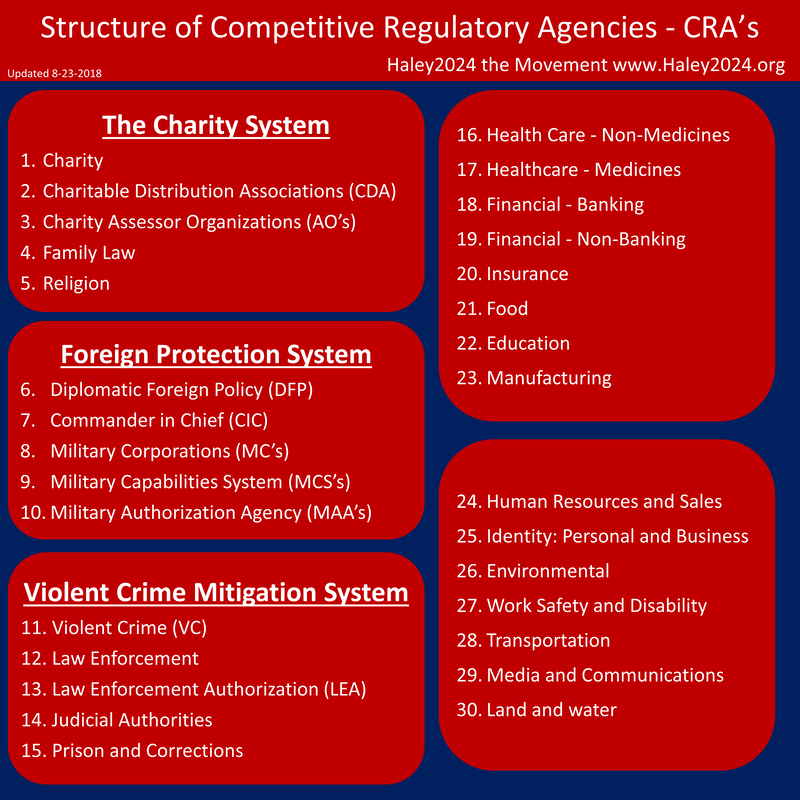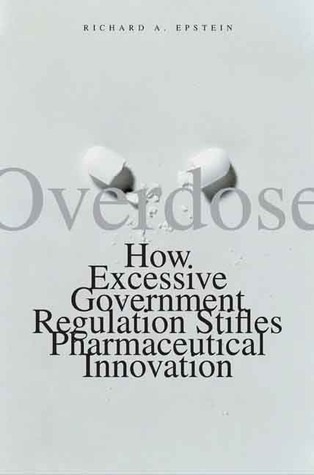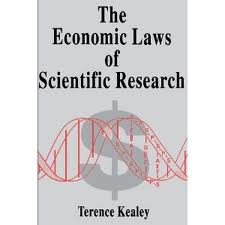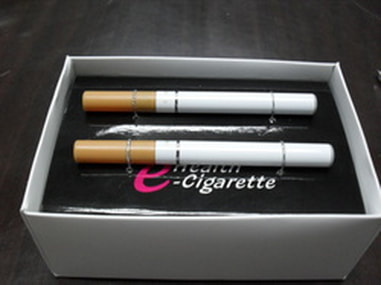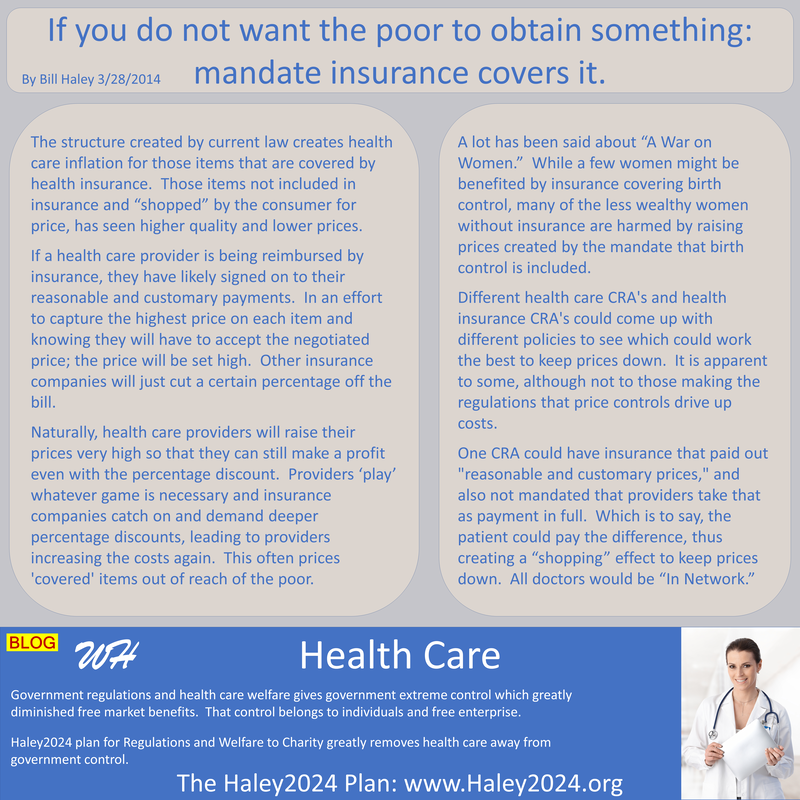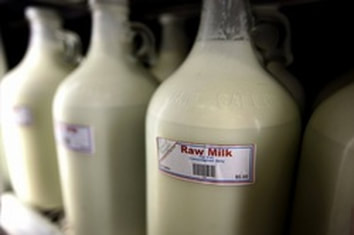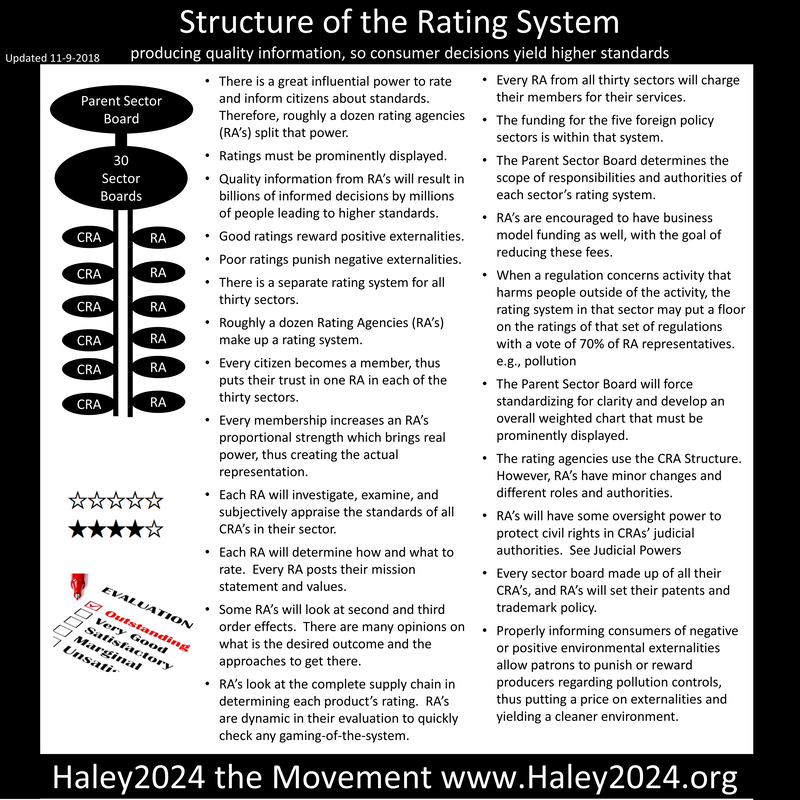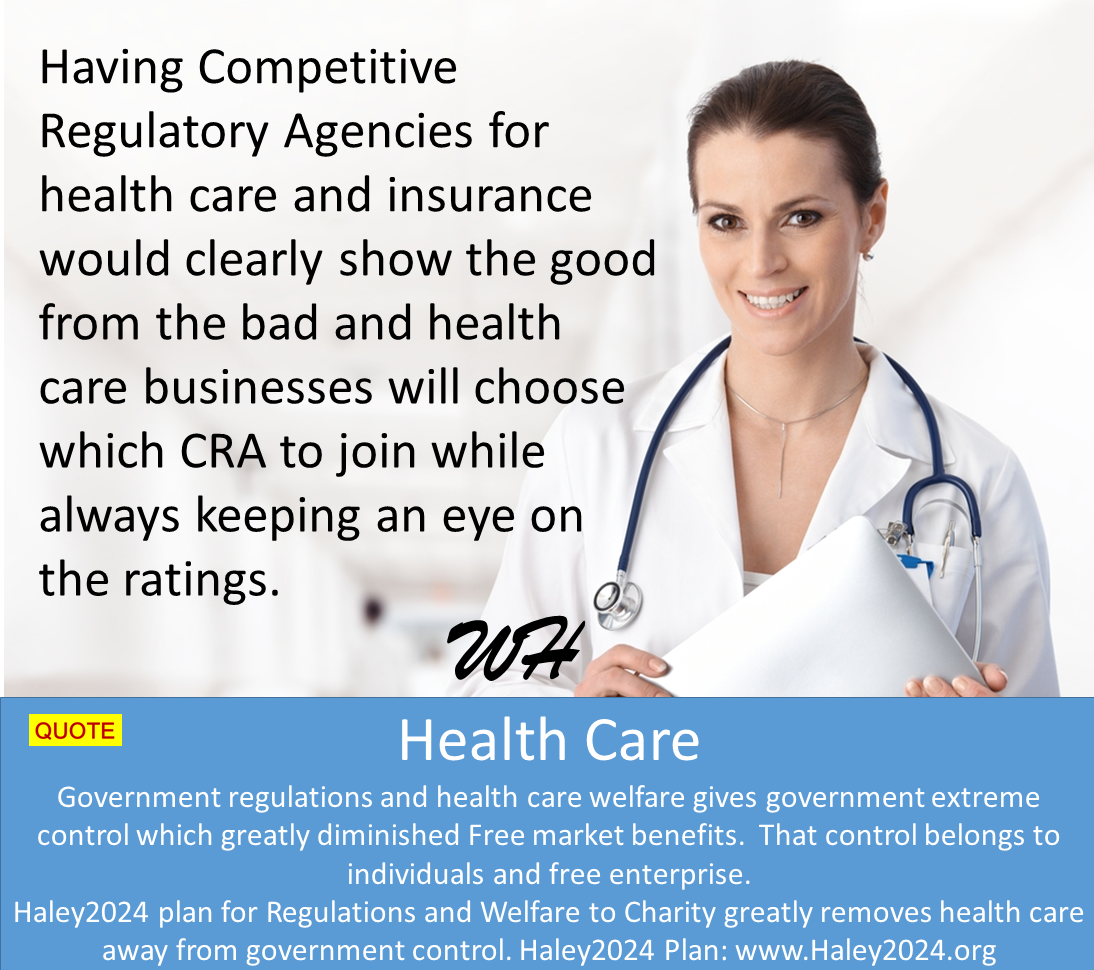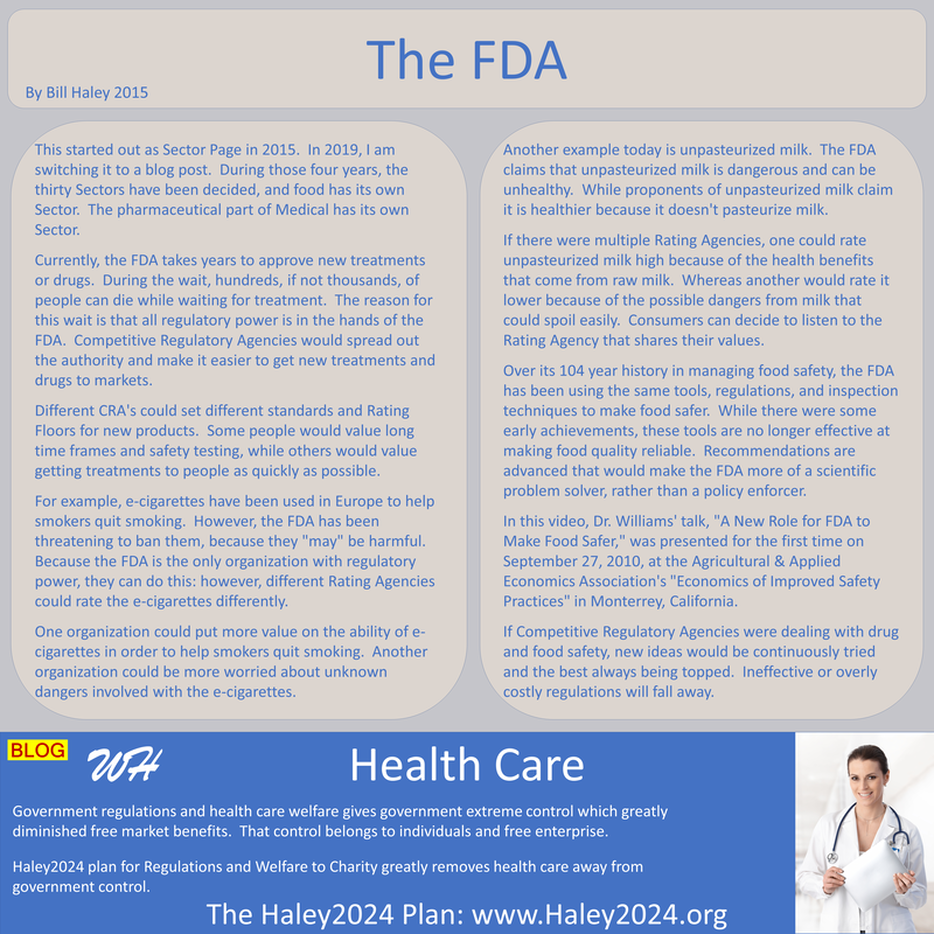|
Currently, the FDA takes years to approve new treatments or drugs. During the wait, hundreds, if not thousands, of people can die while waiting for treatment. The reason for this wait is that all regulatory power is in the hands of the FDA. Competitive Regulatory Agencies would spread out the authority and make it easier to get new treatments and drugs to markets.
|
|
For example, e-cigarettes have been used in Europe to help smokers quit smoking. However, the FDA has been threatening to ban them, because they "may" be harmful. Because the FDA is the only organization with regulatory power, they can do this: however, different Rating Agencies could rate the e-cigarettes differently.
|
|
If there were multiple Rating Agencies, one could rate unpasteurized milk high because of the health benefits that come from raw milk. Whereas another would rate it lower because of the possible dangers from milk that could spoil easily. Consumers can decide to listen to the Rating Agency that shares their values.
|
|
|
Over its 104 year history in managing food safety, the FDA has been using the same tools, regulations, and inspection techniques to make food safer. While there were some early achievements, these tools are no longer effective at making food quality reliable. Recommendations are advanced that would make the FDA more of a scientific problem solver, rather than a policy enforcer.
|
|
Dr. Williams' talk, "A New Role for FDA to Make Food Safer," was presented for the first time on September 27, 2010, at the Agricultural & Applied Economics Association's "Economics of Improved Safety Practices" in Monterrey, California.
|
|

